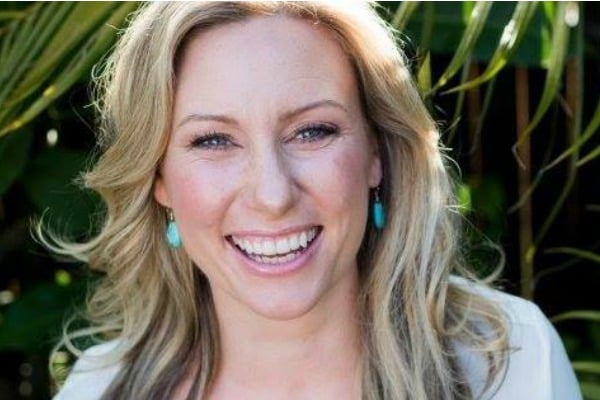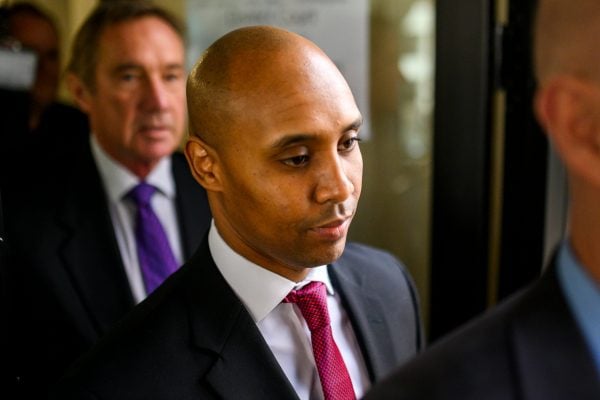
With AAP.
It was after 11:30pm on July 15, 2017, when Justine Ruszczyk Damond approached the police car outside her Minnesota home. She was barefoot, wearing pyjamas and a pink koala t-shirt, clutching a glittery gold mobile phone in her hand. Within minutes, she was dead.
The 40-year-old was fatally shot by Mohamed Noor – one of the Minneapolis Police Department officers dispatched to respond to a 911 call she’d placed a short time earlier. The Sydney-born life coach, who was living in the US wither her American fiancé, had phoned police to report that she could hear what sounded like a woman being sexually assaulted in the alley behind their home.
Noor is currently on trial for murdering Damond, and gave surprise testimony on Thursday and Friday in which he spoke for the first time about why he pulled the trigger on the unarmed woman.
The 33-year-old claimed that when he and his partner, Officer Matthew Harrity, arrived at the residence, he heard a loud bang on his squad car. He testified that he then saw a woman appear at the driver-side window and raise her right arm. Noor told the court Officer Harrity had fear in his eyes, yelled “Oh Jesus!” and went for his gun but had difficulty pulling it out of the holster.
Noor believed he had to make a split-second decision. He pressed his left arm over Officer Harrity’s chest to protect him, and fired a single bullet through the open window, striking Damond.


Top Comments
Have they shown the car cam footage yet ? shouldn't the footage corroborate their story ? or show them up to be covering up the truth. we need to see that tape
So if you call police for assistance and approach them, they have no option but to shoot you. Nice to know. I guess it makes people think twice before bothering them, but kInda defeats the whole purpose of having a police force. It also seems weird that you can be charged with both murder and manslaughter in the US for the same offence, with vastly differing penalties. It shows you how hung up they are on technicalities, and miss the whole point of the exercise.
No, if you call for police assistance, telling them there's a dangerous person nearby, then approach their car by banging on it and raising your arm as if you have a gun, they will have no option but to shoot you.
It's not uncommon to be charged with murder and manslaughter. Murder requires intent, so if they can't prove that then they can still be found guilty of manslaughter. Perfectly reasonable.
If they only charge with murder and can't convince a jury of intent, then the accused goes free.